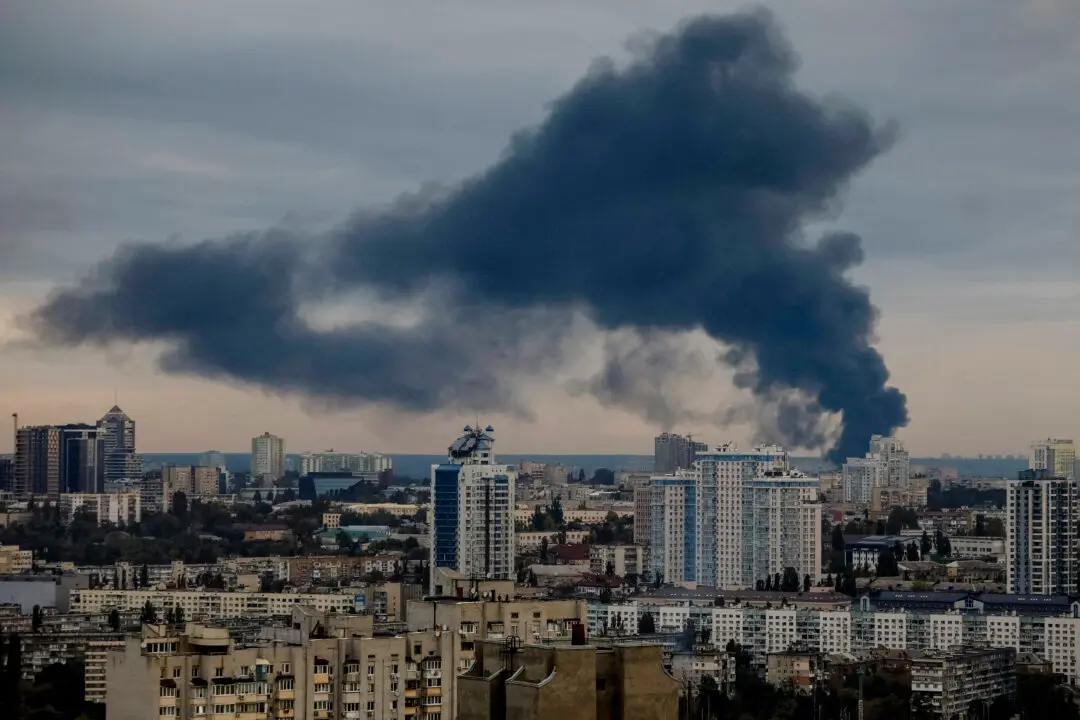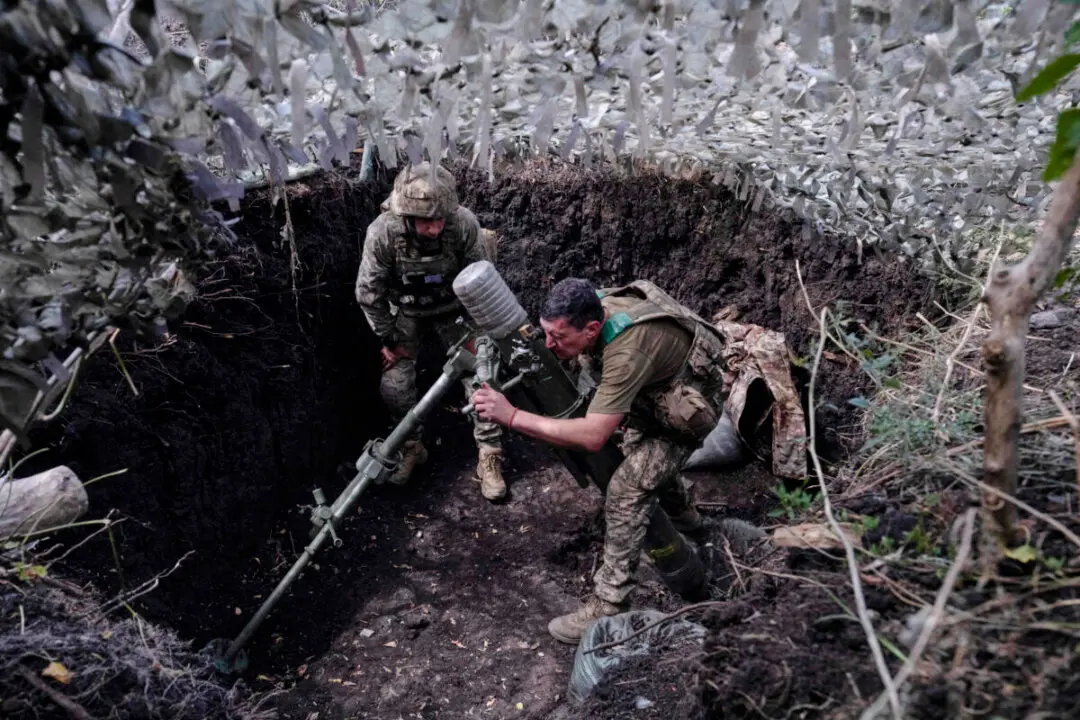Russian air defenses foiled an airborne drone attack—the third in two months—just outside Moscow on June 21, according to officials.
Three Ukrainian drones were destroyed after approaching sensitive facilities in the Moscow area, the Russian Defense Ministry said in a statement. The Russian press later reported that the attack had been aimed at an infantry division based a mere 35 miles from the Kremlin.





